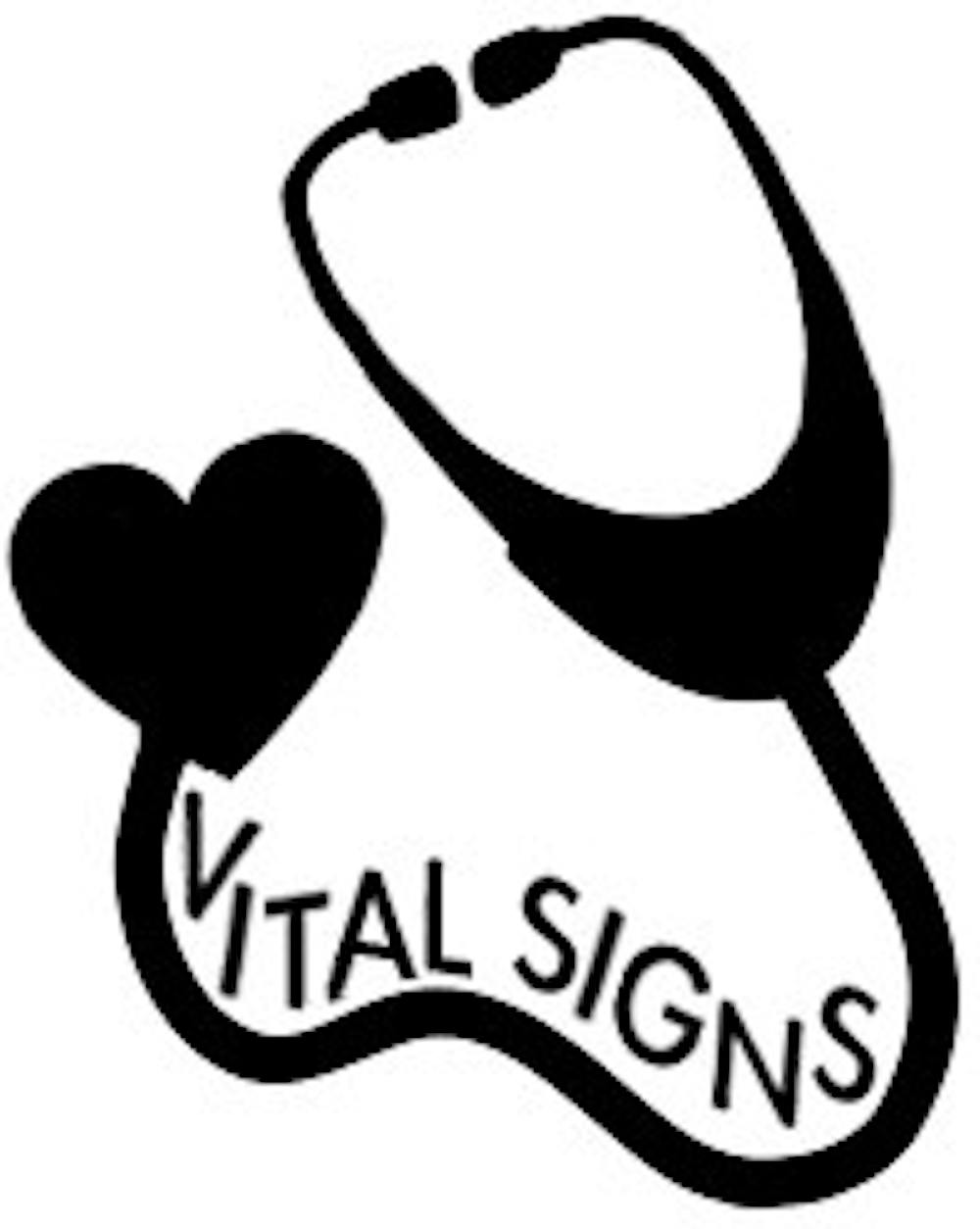By Anna Kellaher
Columnist
According to CandyStore.com, people buy 58 million pounds of chocolate during the week of Valentine’s Day. Whether it’s from a significant other, your parents or yourself, chances are you’ll get a sweet treat this week.
There’s a significant number of health claims surrounding chocolate, although the accuracy of those claims are up for debate.
It is a myth that chocolate causes acne, according to The Huffington Post. A diet that is high in sugar and fat, such as chocolate, can lead to increased sebum production and inflammation, which can therefore cause acne. However, chocolate itself is not the culprit and, in moderation, won’t make you break out.
A second myth is that chocolate is high in caffeine. According to the USDA, 1.55 ounces of milk chocolate – a standard chocolate bar size – contains 9 milligrams of caffeine. A cup of regular coffee, for reference, contains 95 milligrams.
The last myth is that chocolate is said to be good for your heart. This one, however, is partly true. Cocoa beans are high in antioxidants –– vitamins and minerals that fight the effects of free radicals in the body.
According to the Cleveland Clinic, free radicals naturally form in the body. However, if they are left unchecked, they can cause damage to your body. One effect of these molecules is the buildup of plaque in the blood vessels, known as heart disease. Antioxidants, such as those found in chocolate, can prevent this from occurring.
Pay attention to nutrition labels, because the added ingredients in most chocolate add lots of calories and fat. While you celebrate, remember that everything should be consumed in moderation, especially when it comes to chocolate.







